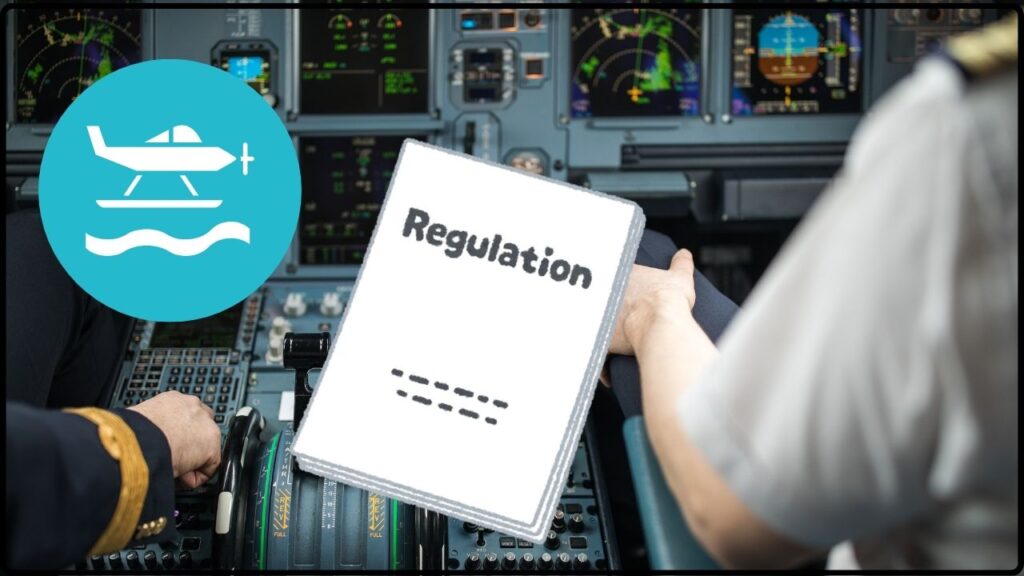
State-by-State AIS Regulations: If you’re a seaplane pilot in the U.S., understanding state-by-state AIS (Aquatic Invasive Species) regulations is not just a good idea—it’s a must! These rules help protect our lakes, rivers, and coastal waters from invasive critters and plants hitching rides on your seaplane. Whether you’re flying for fun, business, or adventure, knowing how to stay compliant keeps you legal, helps preserve the environment, and prevents costly penalties.
Seaplane operations are regulated differently across states, especially when it comes to preventing the spread of aquatic invasive species. Some states require permits, strict cleaning protocols, or outright restrict where seaplanes can land or take off. This guide breaks it all down, offering clear advice and examples, so you can navigate the waters without getting caught up in red tape.
Table of Contents
State-by-State AIS Regulations
Navigating the patchwork of state-by-state AIS regulations as a seaplane pilot can feel like a tall order, but it’s crucial for protecting America’s waterways and keeping your flights legal and safe. By researching local laws, securing permits, and following easy steps like the Clean, Drain, Dry method, you’re doing your part to fight invasive species and enjoy seaplane flying across the country. Fly smart, stay informed, and keep those beautiful lakes clear for generations to come!
| Topic | Key Point |
|---|---|
| AIS Regulations | 4 states enforce strict AIS rules (IL, ME, WA, WI) |
| State Agency Oversight | 7 states delegate seaplane operation authority |
| Permit Requirements | WA requires AIS prevention permits for seaplanes |
| Cleaning Protocols | Clean, Drain, Dry mandated in multiple states |
| Landing Restrictions | Some states restrict seaplane use on public access waters |
| FAA Guidelines | FAA Advisory Circular provides standards for seaplane bases |
What Is AIS and Why Should Seaplane Pilots Care?
Aquatic Invasive Species (AIS) are non-native plants, animals, or microbes that invade water bodies, causing harm to ecosystems, economies, and human health. Think of invasive mussels, algae, or plants that clutter lakes and rivers. When seaplanes land, invasive species can cling to floats, hulls, or gear, traveling from one water body to another and spreading these nuisances.
These invasive species often outcompete native flora and fauna, disrupting natural ecosystems, reducing biodiversity, and causing long-term shifts that can be hard to reverse. Pilots might not see the immediate damage, but the presence of invaders like zebra mussels or hydrilla not only clogs waterways but affects fishing, water-based recreation, and local economies.
States are cracking down on this, especially in areas where invasives have caused serious damage, introducing regulations aimed at limiting AIS spread through transportation vectors, including seaplanes. So, for pilots, following AIS regulations means protecting waterways while avoiding fines and operation bans.
State-by-State AIS Regulations Breakdown: Who Regulates What for Seaplanes?
Each state approaches seaplane rules differently. Some authorize specific agencies to oversee operations, others empower local municipalities, and many impose specific AIS-related requirements.
States with Agency Authority
- Alaska, Iowa, Maine, New Hampshire, Oregon, South Carolina, Vermont, Virginia: These states have designated state agencies authorized to regulate seaplane activities such as takeoffs, landings, and AIS compliance. These agencies may include Departments of Natural Resources, Environmental Protection, or State Aviation Boards. Regulations cover operational zones, permit requirements, and invasive species inspections.
Municipal Regulation Powers
- Florida, Michigan, Oregon, Texas, Wisconsin: In these states, local governments can create ordinances controlling seaplane use within their jurisdictional waters. These municipal rules often complement state regulations and may address localized AIS concerns, noise ordinances, or safety zones around populated water access points.
Specific AIS Compliance
- Washington: This state is a leader in AIS regulation for seaplanes. Pilots must purchase an Aquatic Invasive Species Prevention Permit before using state waters. Washington also hosts decontamination stations throughout the state to assist pilots with required cleaning.
- Illinois: Illinois prohibits any seaplane operation that transports aquatic plants or animals attached to the aircraft into state waters without prior removal and inspection. Failure to comply can result in fines and operational restrictions.
- Maine and Wisconsin: These states mandate strict procedures requiring seaplane operators to follow cleaning and inspection protocols consistent with the Clean, Drain, Dry approach.
Landing Restrictions and Licensing
- States like Iowa restrict seaplane operations on inland lakes except for long-distance transport over 30 miles to reduce localized AIS spread.
- Massachusetts prohibits seaplanes from using public water access facilities, protecting recreational areas and habitats.
- Connecticut requires owners of aircraft used at seaplane bases to have licensing and registration consistent with state aviation laws, ensuring accountability and compliance with AIS and safety issues.
The Growing Economic Impact of AIS
Aquatic Invasive Species are more than an environmental headache—they hit the wallet hard too. In the United States, damage caused by invasive species—from aquatic plants clogging waterways to zebra mussels fouling water intake pipes—has been estimated to cost the economy over $120 billion annually. This includes losses in fisheries, tourism, water treatment, and recreation sectors. The indirect costs include reduced property values and increased management expenses [invasivespeciesinfo.gov].
For example, the Great Lakes region has endured billions of dollars in damage attributed to invasive aquatic plants and animals that change habitat structures and ecosystem dynamics. Costs pile up in commercial fishing, municipal water supplies, hydropower generation, and recreational use industries. This economic toll highlights why states are serious about AIS enforcement—keeping invasive species at bay safeguards natural resources crucial to local and national economies.
For seaplane pilots navigating these waters, understanding the impact helps reinforce the importance of compliance—not just for legal reasons but to help protect the vital economic and environmental fabric their flights rely upon.
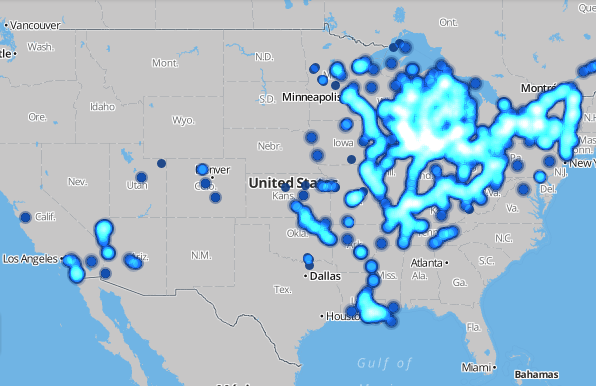
Latest Updates on AIS Regulations for Seaplane Pilots
As AIS threats evolve, so do regulations:
- Several states have modernized permit systems, moving to online application platforms for AIS prevention permits to streamline pilot compliance.
- Pilot education programs increasingly embed AIS awareness into training curriculums, making new seaplane pilots more environmentally conscious from the get-go.
- Collaboration between federal (FAA), state, and tribal agencies has intensified, promoting a unified approach to AIS management.
- Frequently updated digital GIS maps show high-risk zones for AIS, allowing pilots to avoid hotspots or prepare appropriately before flights.
- Enforcement and inspection protocols have become more systematic, with increased checkpoints near popular seaplane bases to monitor compliance.
Technological Advances: Helping Pilots Prevent AIS Spread
New tech in AIS prevention is growing fast:
- Automatic Identification Systems (AIS), traditionally used in maritime navigation, are now assisting seaplane pilots to monitor traffic and waterway use, enhancing operational safety and environmental management.
- Smartphone apps and cloud platforms enable pilots to access AIS risk information, submit permit applications, and locate approved inspection and decontamination stations with ease.
- Scientific advances in ultraviolet (UV) light treatment and biological sterilization are beginning to be incorporated into seaplane cleaning protocols, providing more effective ways to neutralize invasive species on aircraft surfaces quickly.
- Portable, user-friendly decontamination equipment helps pilots meet state and federal cleaning standards efficiently, minimizing delays and operational disruptions.
Practical Steps for Seaplane Pilots to Stay Compliant
Here’s what you gotta do to keep on the right side of the law:
1. Research State AIS Rules Before You Fly
Each state’s regulations and landing restrictions can be vastly different. Check official state environmental websites, contact local natural resource agencies, or use FAA resources. This prep work helps avoid surprises and fines.
2. Follow Clean, Drain, Dry Protocol
This is the aviation environmental rulebook:
- Clean: Physically remove all visible plants, animals, and mud from the floats, hulls, landing gear, and any other contact points.
- Drain: Remove water from all compartments, bilges, and gear that may contain invasive larvae or eggs.
- Dry: Allow your seaplane to dry completely before entering new waters, as some invasive species survive prolonged wet conditions.
3. Get Necessary Permits
States like Washington mandate AIS prevention permits specifically for seaplanes operating in their jurisdiction. Compliance isn’t optional and permits often require renewal or inspection reports for continued use.
4. Use Approved Seaplane Bases
Landing at FAA-approved seaplane bases ensures you utilize facilities meeting safety and environmental standards, reducing risks of contamination or regulatory conflicts.
5. Stay Updated
AIS laws and enforcement often change based on new infestations or evolving science. Subscribe to updates from your state’s conservation agencies and FAA newsletters to stay current.
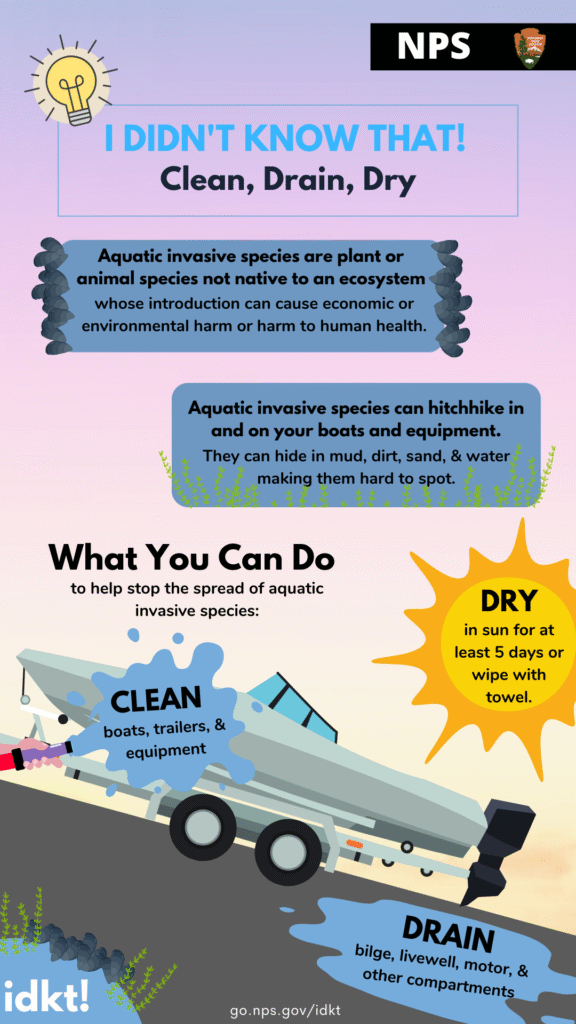
The Role of the FAA in Seaplane Operations
The Federal Aviation Administration (FAA) provides overarching rules for seaplane base design, safety, and pilot certification. While states handle localized AIS rules, the FAA ensures uniformity in safety standards nationwide.
The FAA publishes advisory circulars detailing seaplane base requirements such as size, marking, hazards, and operational procedures. They also provide pilot training frameworks incorporating environmental protections. Pilots consulting FAA guidance can avoid safety or regulatory issues and streamline compliance with state AIS rules.
Real Talk: Examples From the Field
- Washington State: Pilots must hold AIS prevention permits and utilize widely available decontamination stations to minimize invasive species spread.
- Illinois: Strict enforcement with fines deters pilots from transporting aquatic organisms inadvertently.
- Massachusetts: Prohibitions against seaplanes on public water access points protect delicate ecosystems but necessitate careful flight planning.
- Iowa: Restrictions on seaplanes in many inland lakes limit local ecological disturbances and AIS transfer.
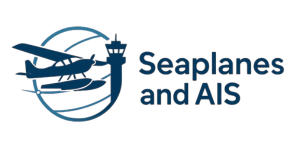
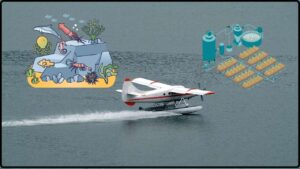
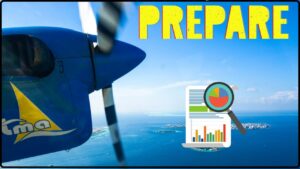

![Case Study How [Lake Association] Partners with Pilots to Stop AIS](https://seaplanesandais.com/wp-content/uploads/2025/11/Case-Study-How-Lake-Association-Partners-with-Pilots-to-Stop-AIS-300x169.jpg)
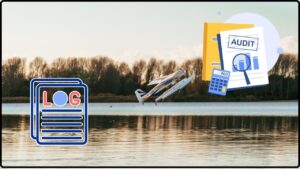
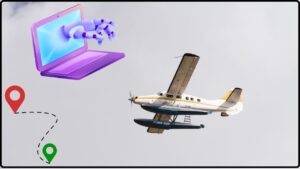


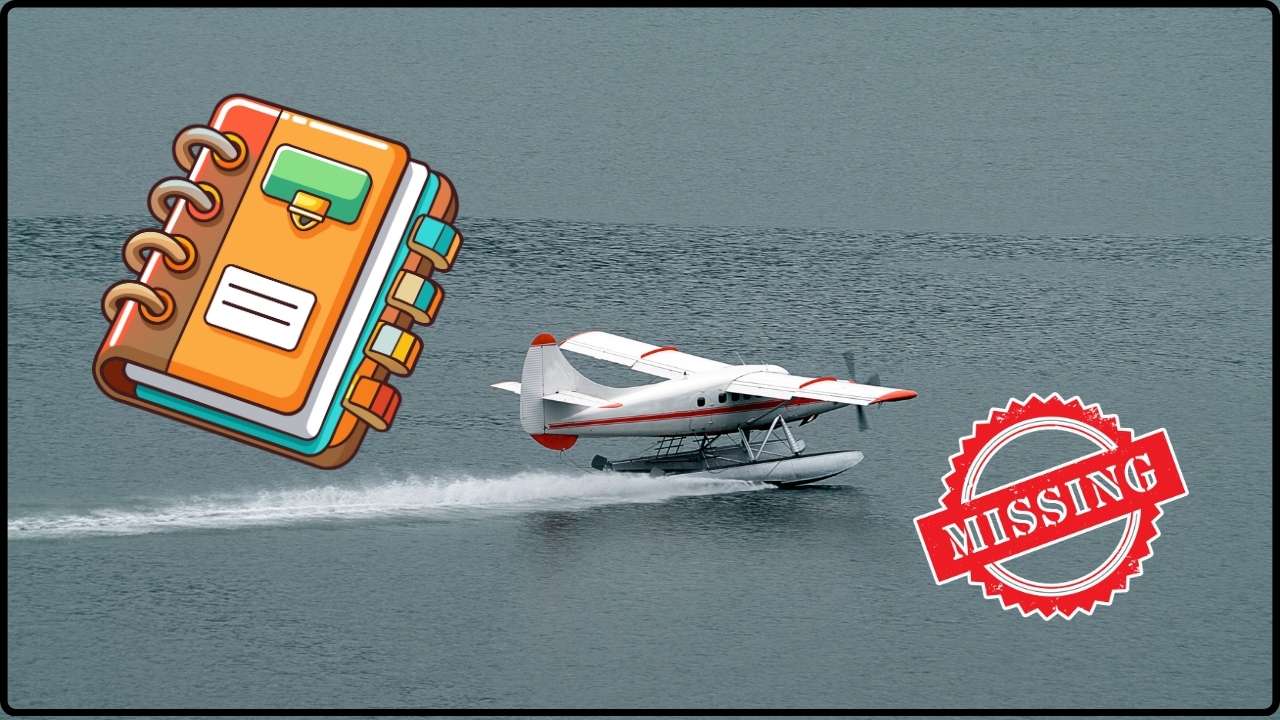

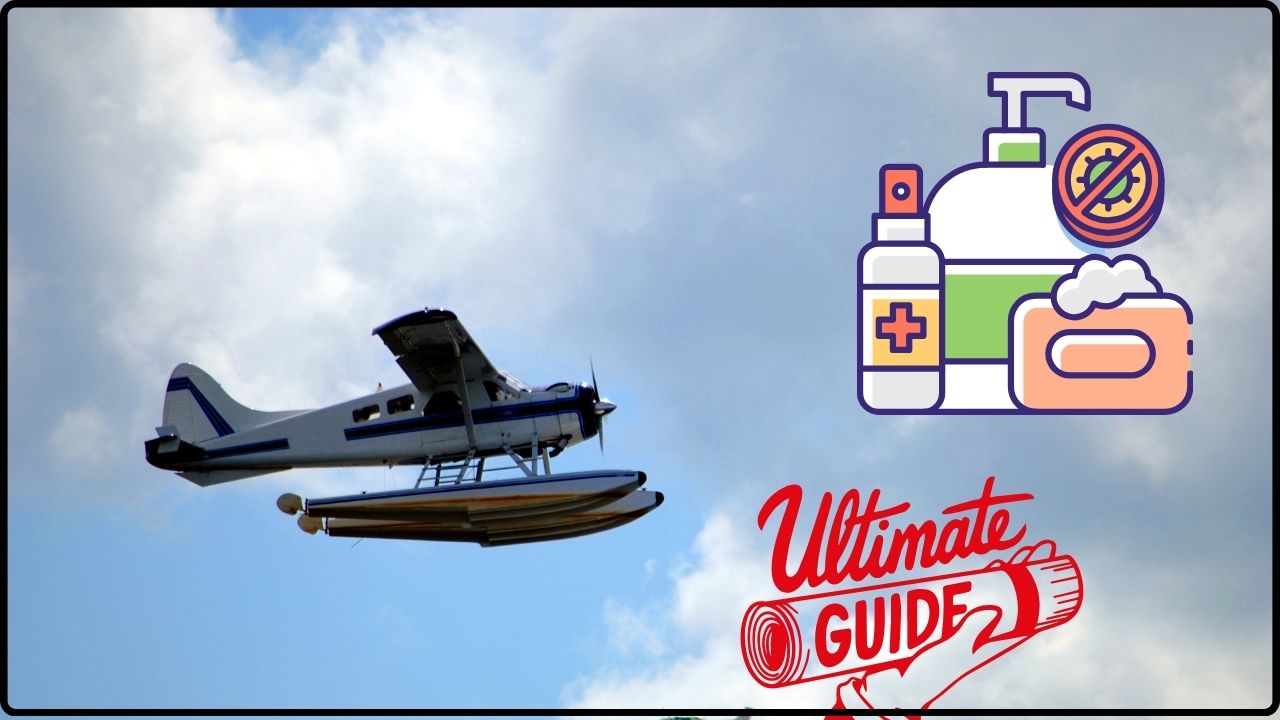


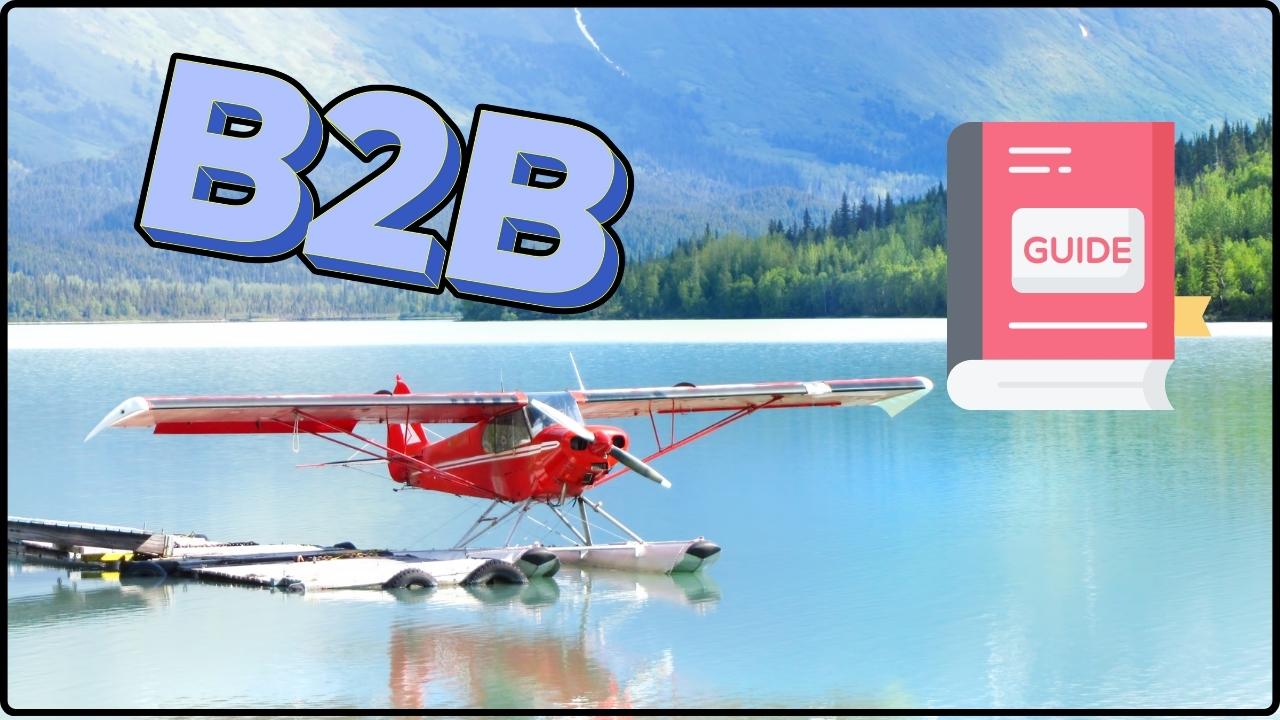
![Case Study: How [Lake Association] Partners with Pilots to Stop AIS](https://seaplanesandais.com/wp-content/uploads/2025/11/Case-Study-How-Lake-Association-Partners-with-Pilots-to-Stop-AIS.jpg)
